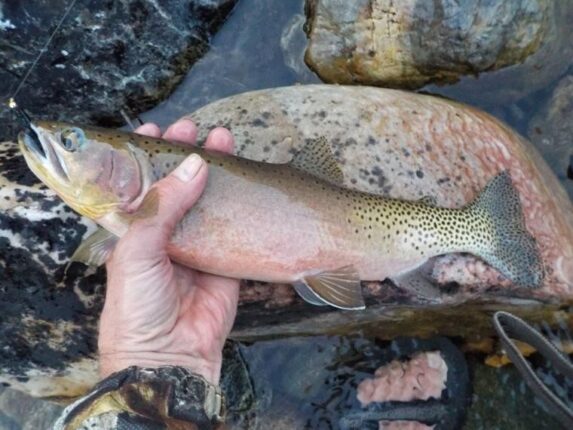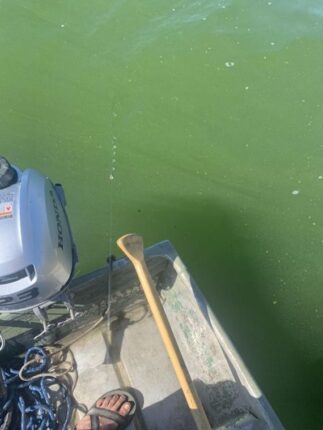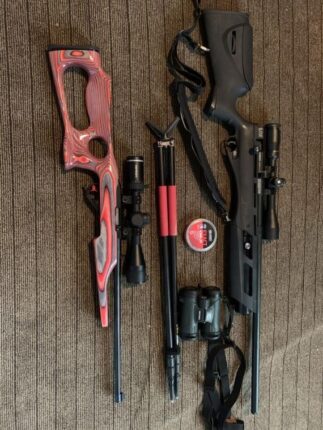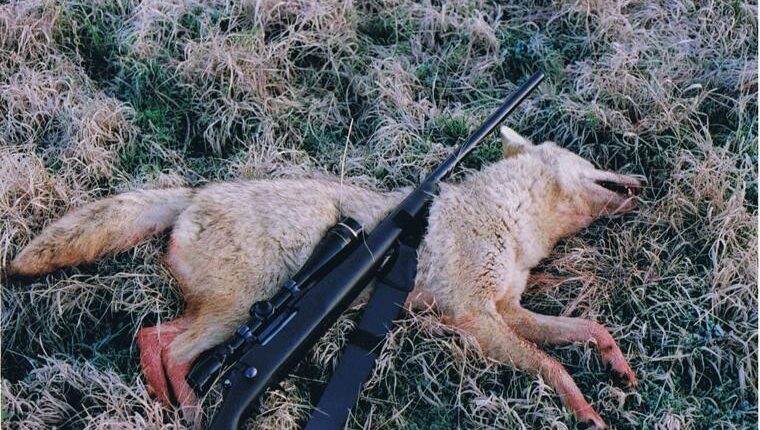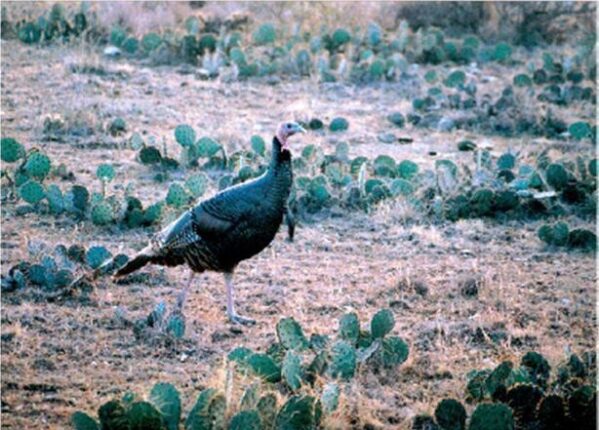I wrote the Backpacking 101 article a couple of weeks ago and it made me want to go backpacking. I had to hurry because hunting season was right around the corner. Dove season hit Sept. 1, I have an Umarex airgun pigeon hunt lined up on Sept. 6 and then Robert Martin and I have to go archery deer and elk hunting right after that. And on top of that I received a call last night from a publisher in Texas wanting to do some December hunts so I’m pretty much booked up until February.
So, it was now or never. My backpacking daughter had just started back to school and her job in school kicked back in, too, so I lost my backpacking buddy for the rest of the year. Plus, on top of that she just got married last month. So, I was on my own.
So I grabbed my pack, loaded it up and took off alone. Unique. I came around a corner at 3:15 and a nice sow and two little fuzz ball cubs were in the middle of the road. I love watching bears. They stood in the middle of the road for a good one to one-and-a-half minutes before they scampered down the road.
They started uphill and I took a few pics. They scattered and dislodged a rock the size of a volleyball that came tumbling down the mountainside. That would have been a unique insurance claim. “Three bears threw a rock through an outdoor writer’s window and knocked him out cold. When he woke up, he discovered they’d eaten all the candy/desserts in his backpack.”
I got to the trailhead, strapped everything on my pack and took off. My knee had been bothering me so I tried to reduce my weight. I guess the pack was two to three pounds lighter than normal but it was still too heavy. I got to the spot where I wanted to throw up my tent, and there was a retired fish biologist named Mark and his wife, Kelly. They were packing out the next morning so I threw up my tent.
I had an interesting talk with them. He confirmed that there is a huge catfish population in the Snake. I’d seen a group of 42 Monday when I was bowfishing with Grinz N Finz. They’re some hardcore backpackers. They’re headed to Arizona next month for a 21-day hike.
I got up the next morning and dipped a coffee pot full of water out of the river, built a fire, slammed down some oatmeal and a few cups of coffee and then headed downstream. Crud, I was a couple of weeks late to pick any huckleberries, which I always enjoy in my morning oatmeal. There was a scant amount of thimbleberries but they were on the downhill slope.
It did surprise me the amount of bear signs that I was seeing. I figured by now they’d of been up higher eating berries. But there were a lot of the orange berries (I don’t have a clue what their name is) and they were hitting them.
Twice I was walking down a trail by a creek and came back by a couple of hours later only to discover a fresh bear sign where I’d just passed. The bears were pretty active but never bothered my camp.
The fishing was tougher than normal. I didn’t catch near as many as normal although I did catch two whopping cutthroats. An 18 incher and a 19 incher. That’s only the third 19-inch cutthroat we‘ve caught there in over 20 years of fishing.
Usually any cutthroat 13 inches and larger are fat, almost like a bass but these were lean. More on this later.
The fish biologist told me that he’d seen quite a few salmon but I didn’t see any on this creek but did see one later in the week on another river.
This turned out to be a super peaceful trip. It sprinkled lightly one night for five to 10 minutes but the weather was great. One day it was slightly overcast for most of the day which cooled things off a bit, so that was nice.
There’s something relaxing about cooking in the late evening over an open fire. I scrimped on food during the day but for supper I went all out and ate some gourmet Mountain House meals. I love their beef stroganoff and chicken and dumplings. Kolby wasn’t there so I ate a raspberry crumble in her memory.
It was a great trip and recharged me before I had to pack out and go jump on a plane and re-enter the rat race. My days in the backcountry came to an end and I soon found myself loading up my pack for the hike out. It’s not a bad hike out but it was hot and I’d soon sucked down my last drop of water. When I got to the trailhead, I whipped out my Aquamira filtered water bottle and sucked down 10 gallons of ice-cold mountain water. It’s a little bit of a pain to suck water through the filter so I squirted it out of the bottle into a coffee cup and slammed it down a cup at a time.
On the way out I passed some Forest Service kids that said they were hiking in until November for a project. After a while I ran into another guy named Brian that turned out to be a fish biologist in the area. I asked him if I could steal some of his time to ask him some questions. He was super gracious and let me ask questions to my heart’s content for a good 15 minutes.
I asked him why the cutthroats were so skinny. He explained that the heat could have been stressing them a little but obviously their food source was lacking. I then asked him why I hadn’t caught any big bull trout. He explained to me their habits. How they have voracious appetites and how much they migrate up and down the rivers. He was very interesting to talk to and I learned a lot.
GEAR
Last Backpacking article I covered necessary gear but I did test a few new items on this trip that I liked:
— Danner Recurve Moc Toe boots. Lightweight and super comfortable.
— Sierra Designs sleeping bag. Compact/lightweight and yet I didn’t get cool at all which I normally do.
— Klymit pad. Super compact and lightweight.
— Alps Mountaineering Canyon 20L day pack. Only 1 pound, 5 ounces. The perfect day pack.
Tom Claycomb lives in Idaho and has outdoors columns in newspapers in Alaska, Idaho, Utah, Nevada, Colorado and Louisiana. He also writes for various outdoors magazines and teaches outdoors seminars at stores like Cabela’s, Sportsman’s Warehouse and Bass Pro Shop. He can be reached via email at smileya7@aol.com.
